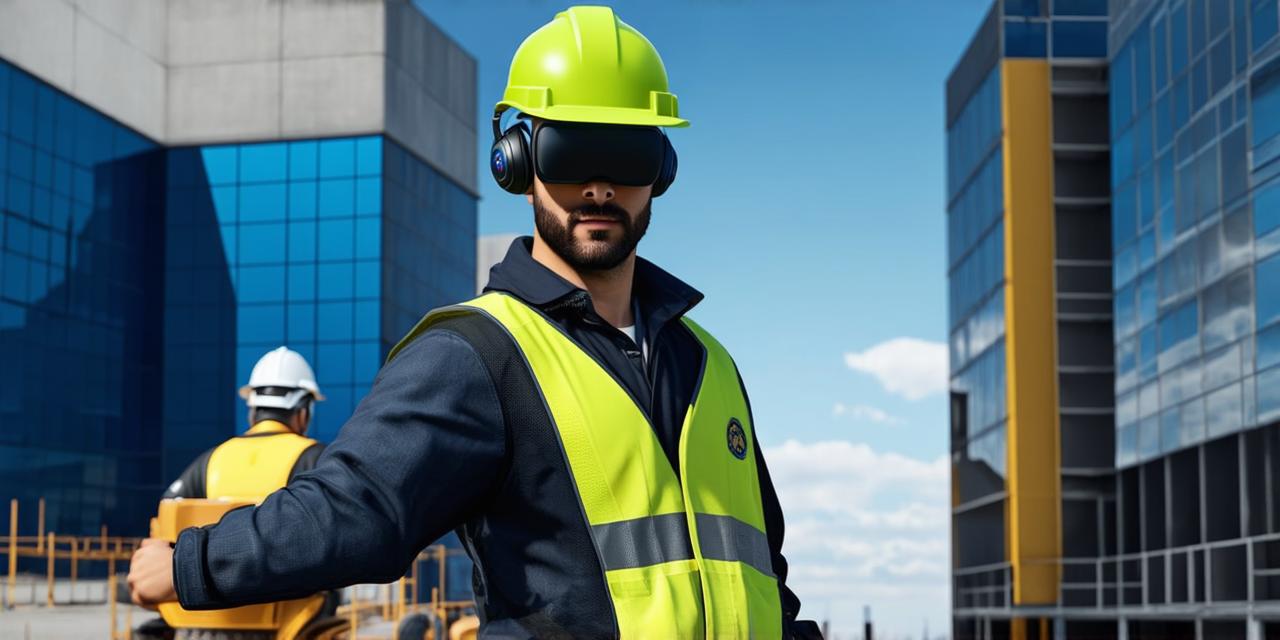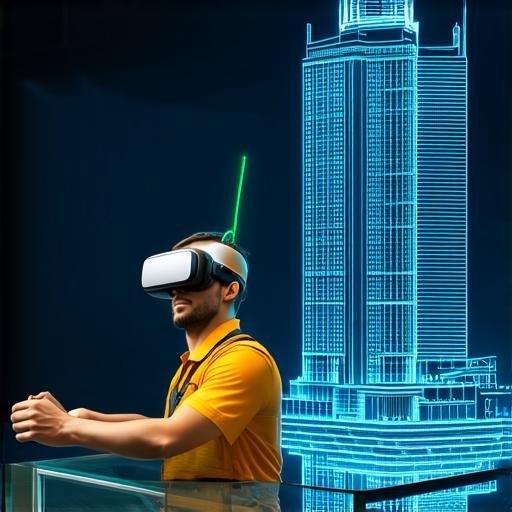
How can the construction industry utilize virtual reality?
Virtual reality (VR) technology has already revolutionized many industries, but it’s only recently that the construction industry has started to take advantage of its potential. VR offers a unique set of tools and experiences that can greatly improve the efficiency, accuracy, and safety of construction projects. In this article, we will explore some ways in which virtual reality can be used in the construction industry, including case studies and expert opinions.
1. Design and Planning
One of the most significant benefits of VR technology is its ability to facilitate design and planning processes. With VR, architects and engineers can create realistic 3D models of their projects and walk through them to identify any potential problems or opportunities. This can save a lot of time and money in the early stages of a project, when changes are still relatively easy to make.
For example, the firm Skidmore, Owings & Merrill used VR technology to design the new Gherkin building in London. They created a virtual model of the building and walked through it to identify any potential issues before construction began. This allowed them to make changes to the design early on, which saved time and money later in the project.
2. Training and Simulation
Virtual reality technology can also be used for training and simulation purposes. With VR, construction workers can practice their skills in a safe and controlled environment, without the risk of injury or damage to equipment. This can greatly improve the safety of construction sites and reduce the risk of accidents.
For example, the firm Bechtel uses VR technology to train its workers on complex machinery and processes. They create virtual models of their facilities and equipment and allow workers to practice using them in a controlled environment. This has helped to reduce the risk of accidents and improve the efficiency of their operations.
3. Visualization and Communication
Virtual reality technology can also be used for visualization and communication purposes. With VR, architects and engineers can share their designs and ideas with clients and stakeholders in a more immersive and engaging way. This can help to improve communication and understanding between different parties and reduce the risk of misunderstandings or disputes.
For example, the firm Autodesk uses VR technology to showcase its products and solutions to potential clients. They create virtual models of their software and allow clients to experience them firsthand. This has helped to increase sales and improve customer satisfaction.
4. Construction Monitoring and Inspection
Virtual reality technology can also be used for construction monitoring and inspection purposes. With VR, construction managers can walk through a site and identify any potential issues or areas that require further attention. This can help to ensure that projects are completed on time and within budget.
For example, the firm Procore uses VR technology to monitor construction sites and identify potential issues before they become major problems. They create virtual models of their projects and allow managers to walk through them to identify any areas that require further attention. This has helped to improve the efficiency of their operations and reduce the risk of delays.
5. Cost Reduction and Time Savings

Finally, virtual reality technology can help to reduce costs and save time in the construction industry. By identifying potential issues early on and improving communication and understanding between different parties, projects can be completed more efficiently and effectively. This can lead to significant cost savings and time savings over the course of a project.
In conclusion, virtual reality technology has the potential to revolutionize the construction industry in many ways. From design and planning to training and simulation, visualization and communication, construction monitoring and inspection, and cost reduction and time savings, VR offers a unique set of tools and experiences that can greatly improve the efficiency, accuracy, and safety of construction projects. As the technology continues to evolve, it’s likely that we will see even more innovative uses of virtual reality in the construction industry in the years come.


